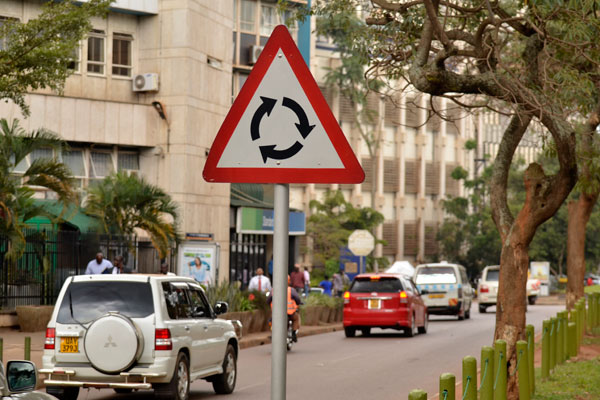Communication is easier today in Uganda than in the past. There are different modes of communication that can be used;
- Telecommunication
- Radio & Television
- Internet
- Post Services
From the 1900 to the 1970s, posta service were the most reliable mode of communication. The letters were handled by the British East Africa Protectorate that comprised of Uganda, Kenya and Tanzania. In the 1960s after independence, Uganda postal services were handled by Posta Uganda, a government owned company. Officially known as Uganda Posts Limited, this is the organisation responsible for postal services having an extensive network of postal delivery outlets down to sub-county level.
In the 1970s, telephone services became common in major areas in Uganda. Uganda started embracing ICTs as part of its economic development strategy when the first mobile phone service came onto the Ugandan scene in December 1994. The telecom company Celtel, using the GSM 900 technology mainly targeted business people and the diplomatic community. The cost of owning and maintaining a mobile phone was so high given that Ugandans were paying for Service Charge and Airtime.
Changes started coming with the entry into the market of the South African giant Mobile Telecommunications Network (MTN) in 1998. Phone calls became a little cheaper and the network coverage was extended to rural areas going beyond Kampala. Later several other telecoms ventured into Uganda. These include Warid Telecom, Orange Telecom, K2 Telecom, Vodafone, Smile Telcom etc. These telcoms entered into the market with more diversified products making communication even cheaper. More internet providers also came on the national scene.
Since then, the ICT sector has grown rapidly. Millions of Ugandans own smartphones, a fact driving digital penetration even in the rural countryside. The increase in internet usage has been further fueled by the country’s youth bulge. Uganda has the world’s youngest population, with over 78% below 30 years. These are more embracing of ICTs than their older, and inevitably old school, parents.
Radios & Televisions
The liberalization of the communication industry also led to an increase in FM radio stations which now number in hundreds. FM Radios started in the early 1990s and some of the first stations to open in Uganda were Sanyu FM, Central Broadcasting Services (CBS), Capital Radio, Radio One etc. 80 percent of all households especially in the countryside now rely on radio for news and information. The “Ebimeeza” (people’s parliaments) call-in political talk shows were popularized and people began to freely debate the most important political and social issues of the day.
There also different TV stations in Uganda. These include the Uganda Broadcasting Corporation (UBC) a government owned media house. UBC in the past was known as the Uganda Television (UTV)
Newspapers
There is a couple of daily newspapers serving different audiences in the country. These include English newspapers as well as papers in local dialects;
- The New Vision (Government Owned News Papers)
- Bukedde (Luganda News Paper)
- The Daily Monitor (Owned by the East Africa’s Nation Media)
- The Red Pepper (the first Tabloid in Uganda)
- The Weekly Observer (It is out two times a week)
- Busi Week (business newspaper)
















